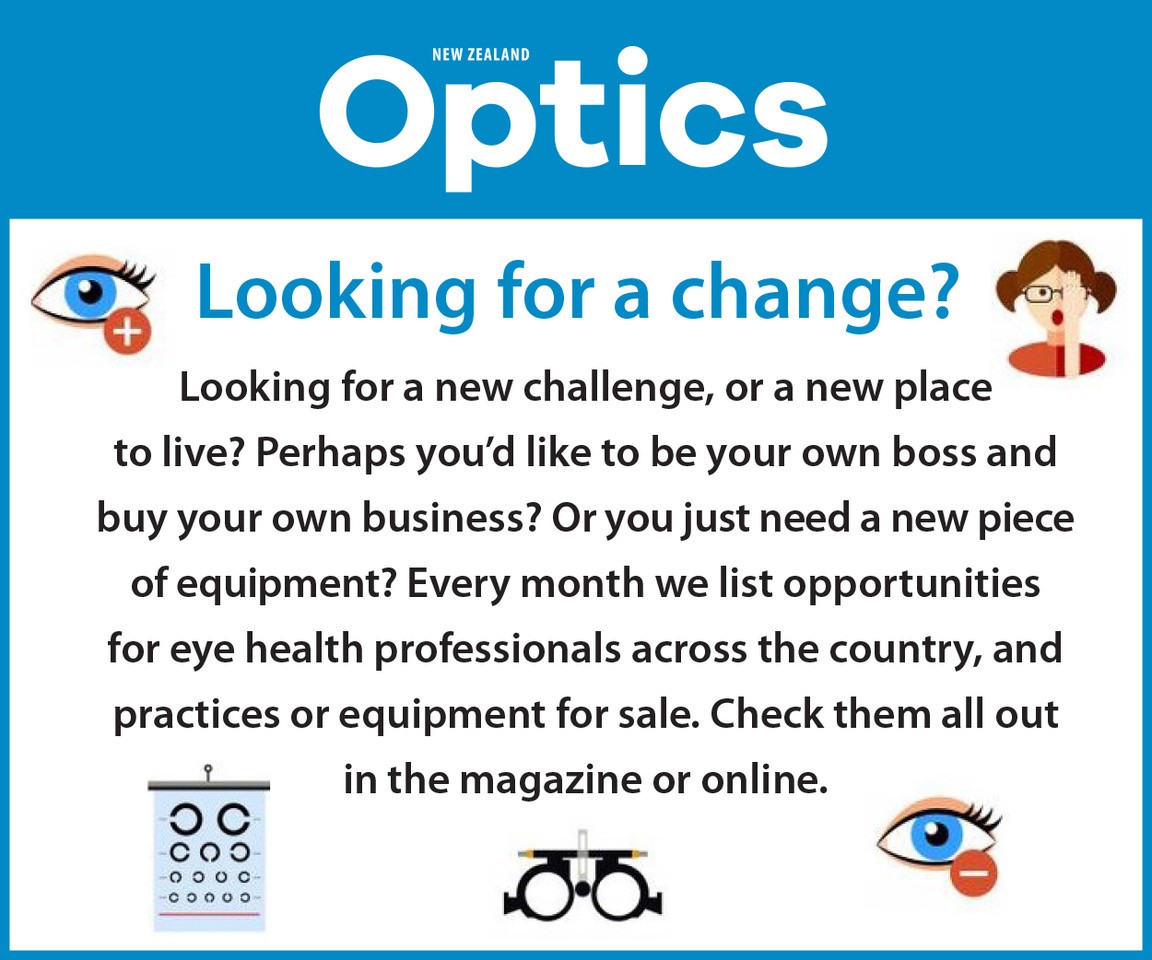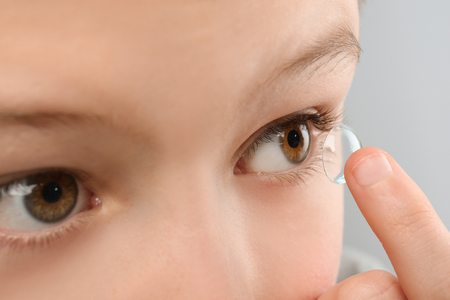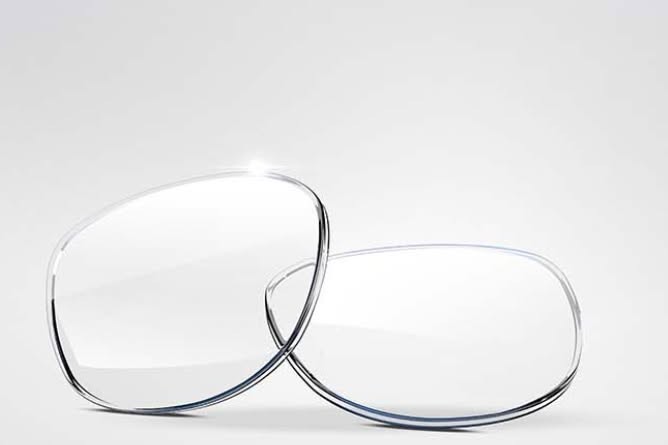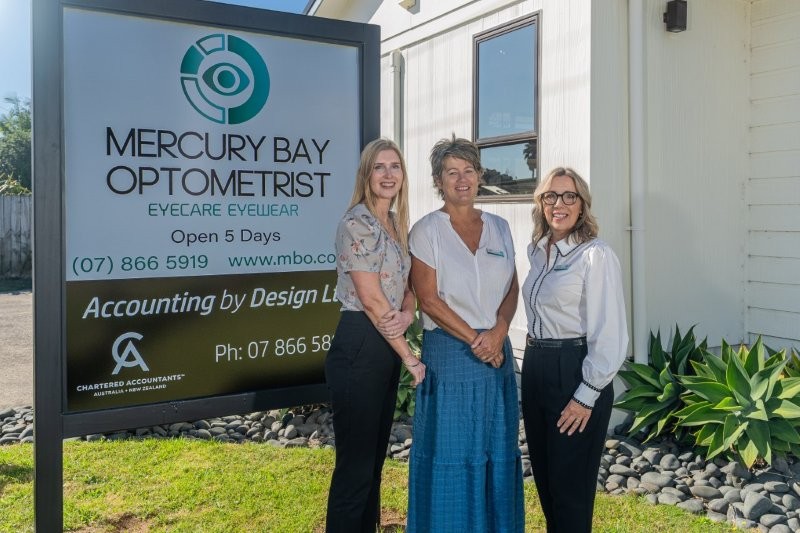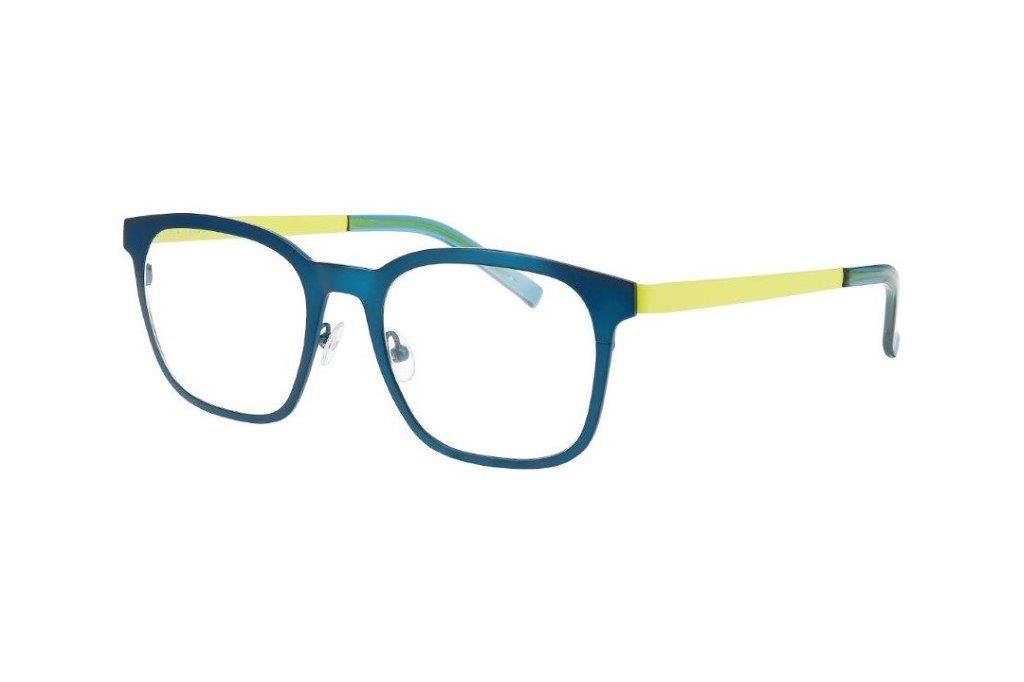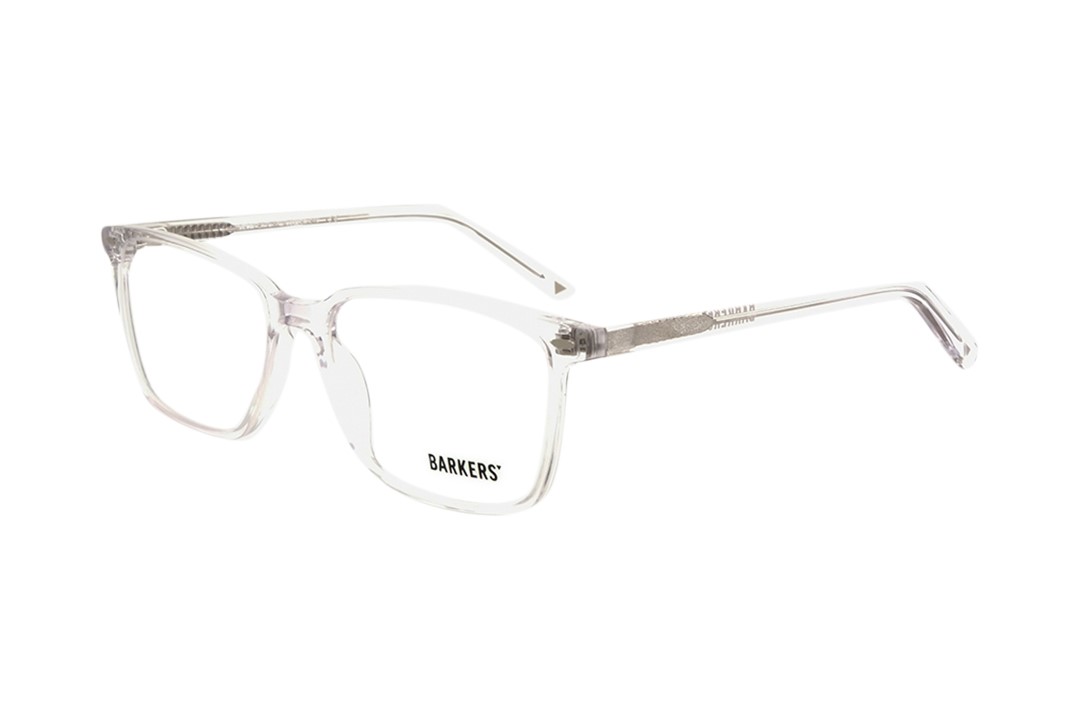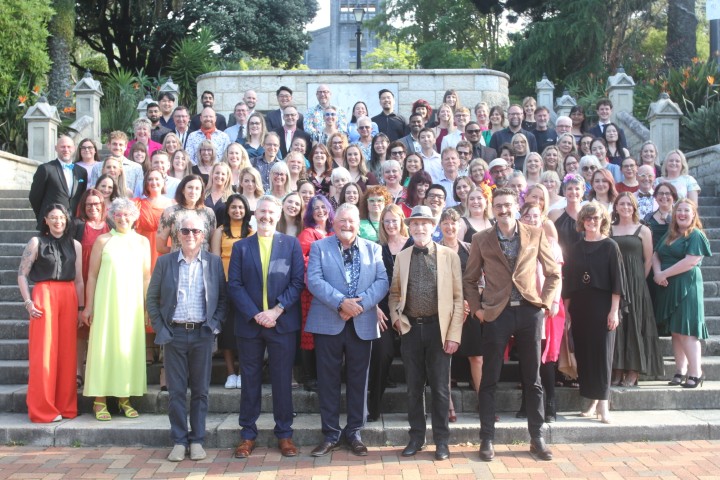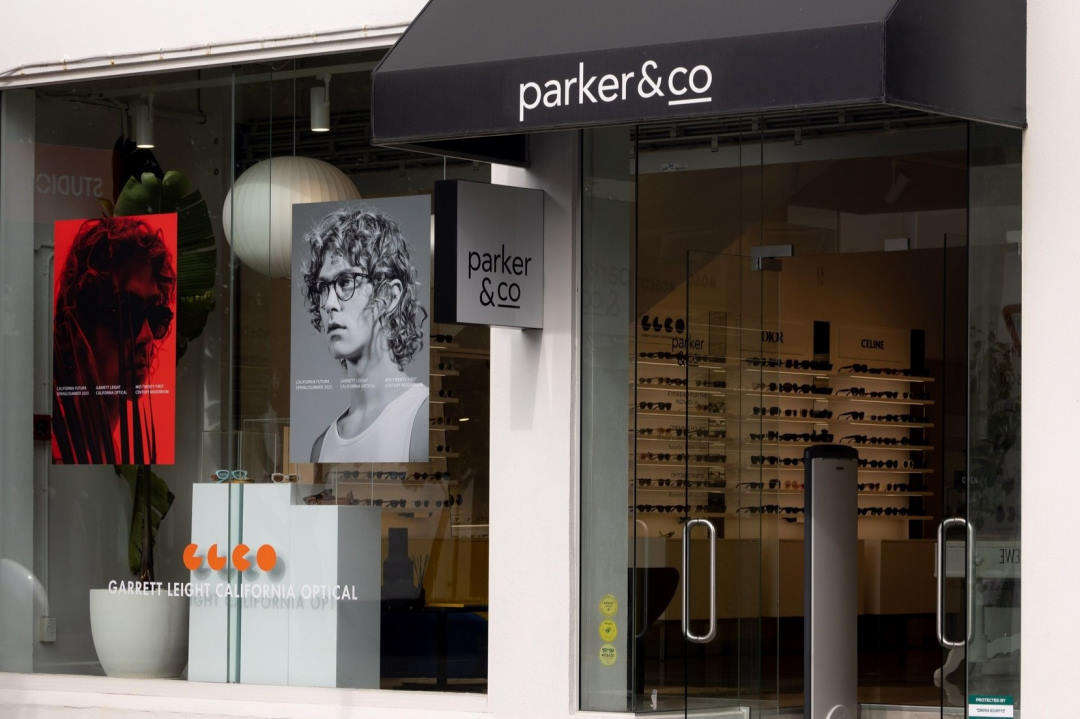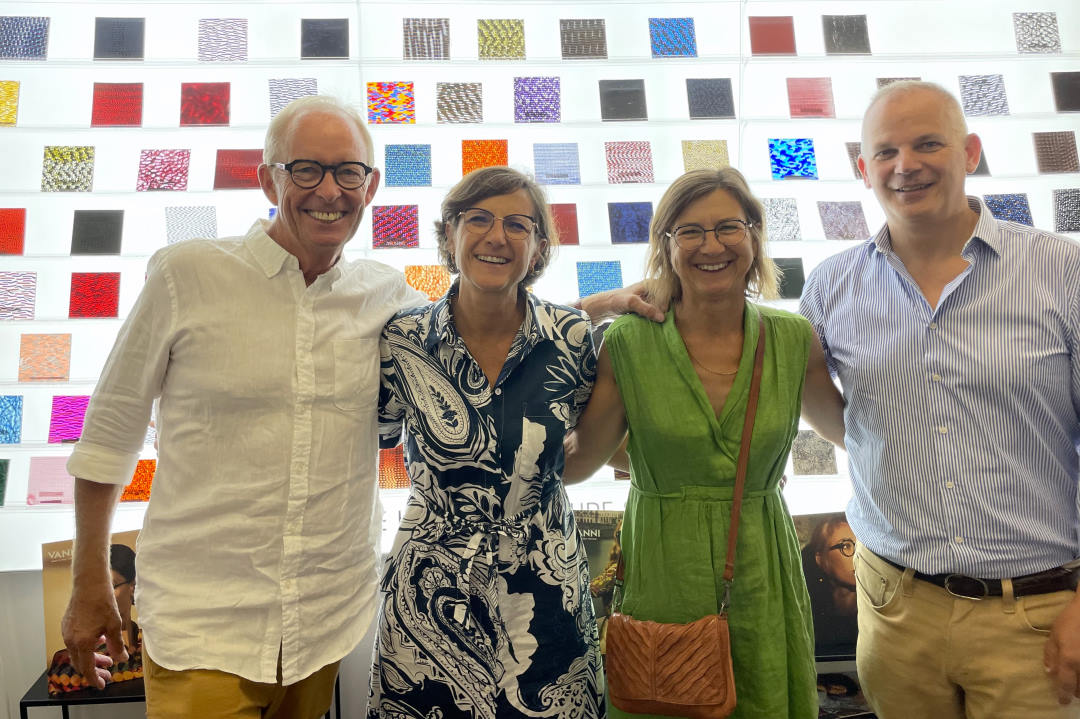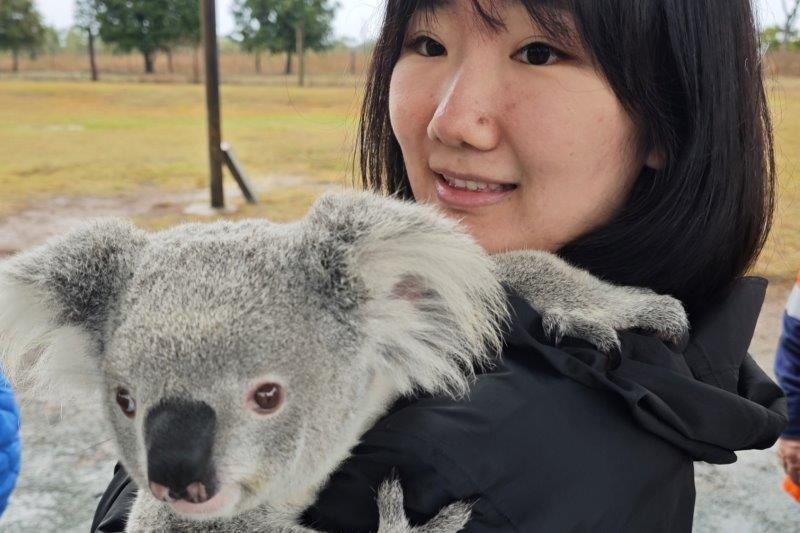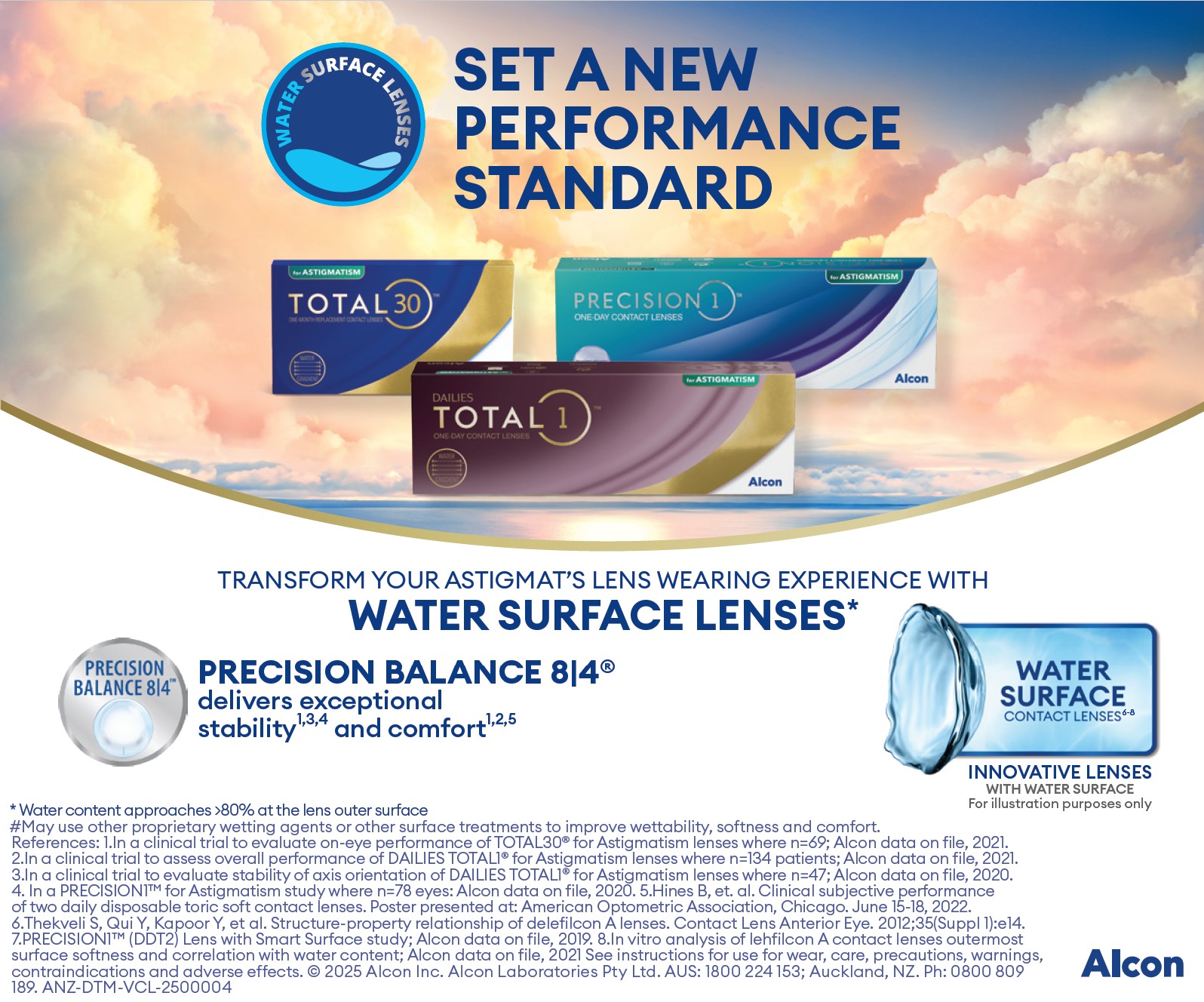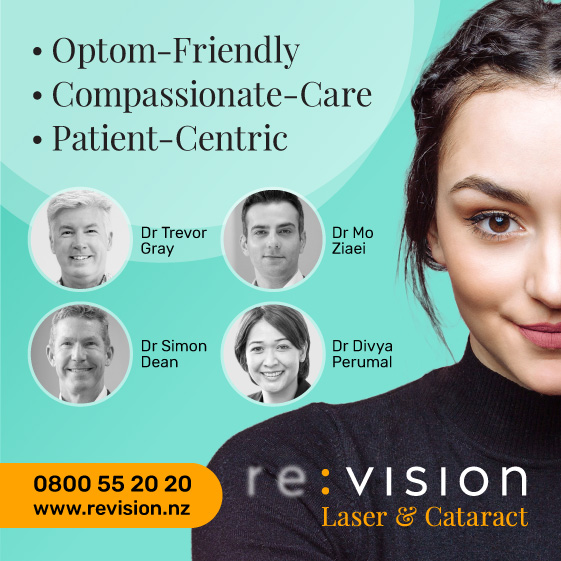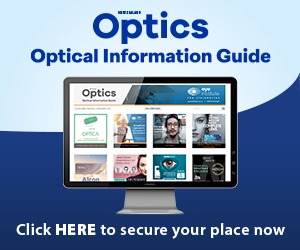BLINK study supports multifocal CLs for myopic kids
The Bifocal lenses in near-sighted kids (BLINK) study results are out, adding weight to the growing body of evidence that soft, multifocal contact lenses are a safe and viable treatment option for children with myopia.
The BLINK study showed that high-add power multifocal contact lenses, typically used to improve near vision in people over the age of 40, significantly reduced the rate of myopia progression over three years compared with medium-add power multifocal and single vision contact lenses in children with myopia.
“It is especially good news to know that children as young as seven achieved optimal visual acuity and got used to wearing multifocal lenses much the way they would a single vision contact lens. It’s not a problem to fit younger kids in contact lenses. It’s a safe practice,” said BLINK study chair, Dr Jeffrey Walline, associate dean for research at the Ohio State University College of Optometry.
The study tested commercially available multifocal soft contact lenses versus standard soft lenses in 287 myopic children, ages 7 to 11 years. At baseline, the children required -0.75 to -5.00 diopters (D) of correction to achieve clear distance vision. The children were randomly assigned to wear single vision contact lenses or multifocal lenses, the outer lens of which were either high-add power (+2.50D) or medium-add power (+1.50D). They wore the lenses during the day as often as they could comfortably do so.
After three years, children in the high-add multifocal contact lens group had the slowest myopia progression. Adjusted three-year myopia progression was −0.60D for high-add power, −0.89D for medium-add power and −1.05D for single vision contact lenses. The difference in progression was 0.46D for high-add power vs single vision, 0.30D for high-add vs medium-add power and 0.16D for medium-add power vs single vision.
The three-year adjusted eye growth was 0.42mm for the high-add group, 0.58mm for the medium-add group and 0.66mm for the single vision group.
“Eye care practitioners should fit children with high-add power multifocal contact lenses in order to maximise myopia control and the slowing of eye growth,” said principal investigator Associate Professor David Berntsen of the University of Houston. “Compared with single vision contact lenses, multifocal lenses slow myopia progression by about 43% over three years.”
Further research is required to determine the ideal duration for wearing multifocal soft contact lenses and a follow-up study is already underway to see if the benefits hold among children in this study when they go off treatment, researchers said.
The study was funded by National Eye Institute and published in the Journal of the American Medical Association (JAMA).









